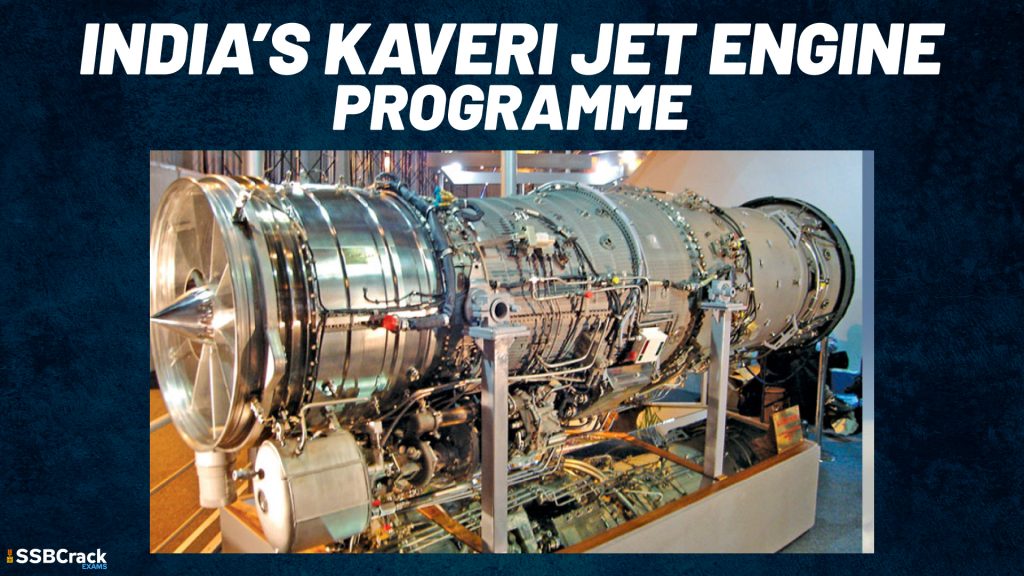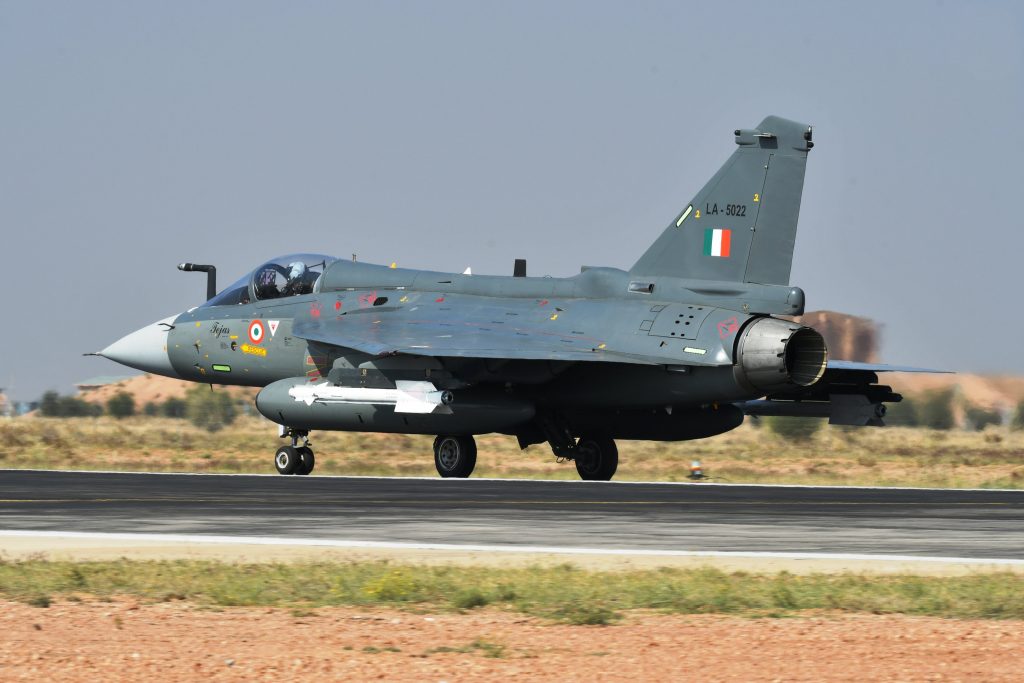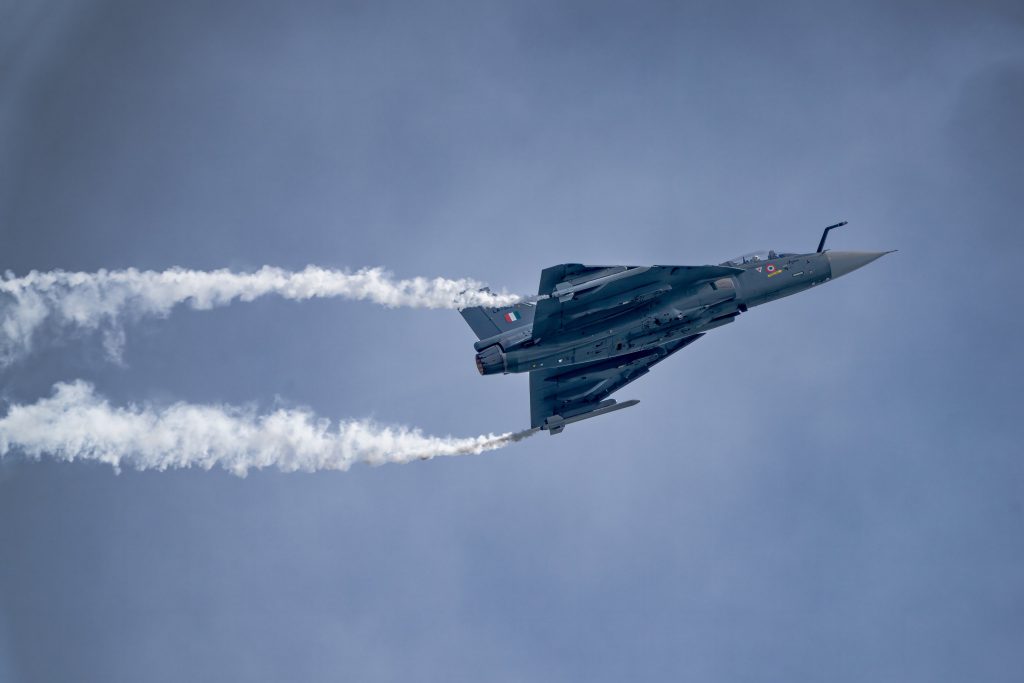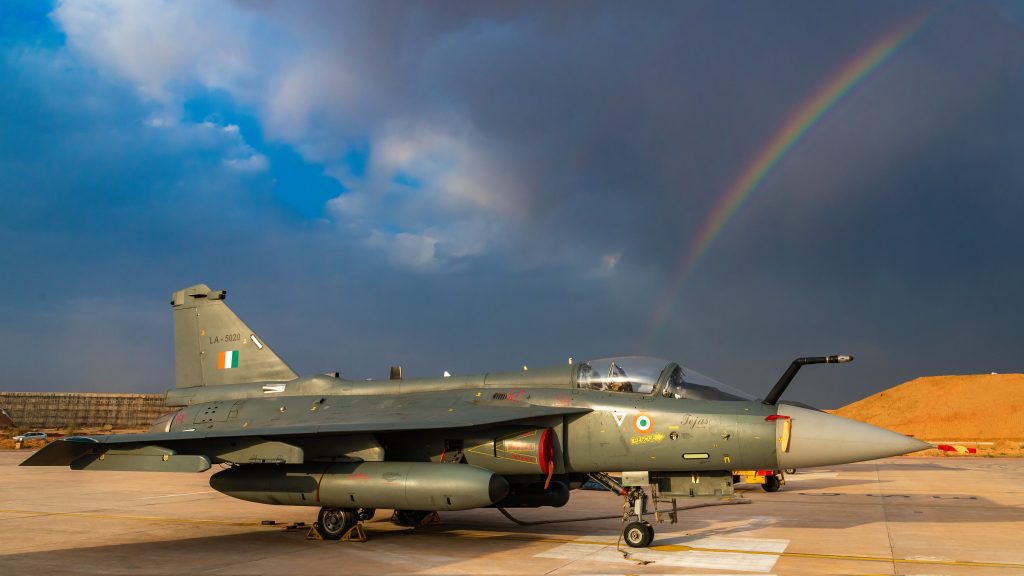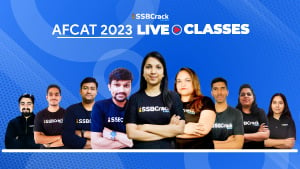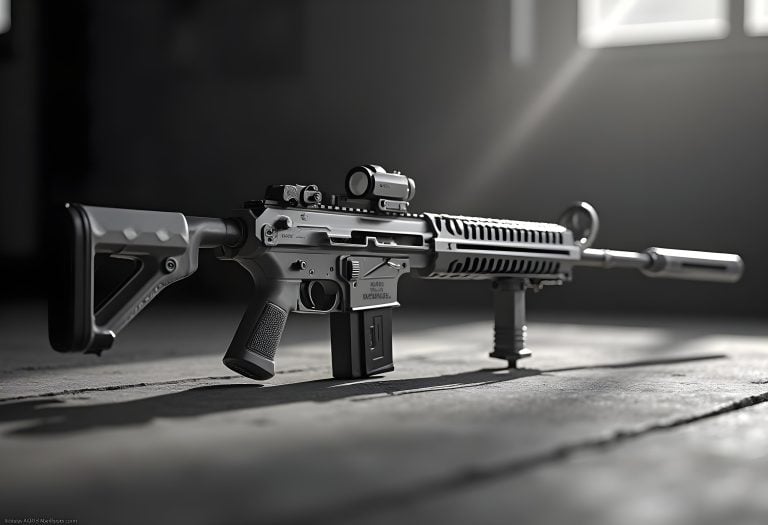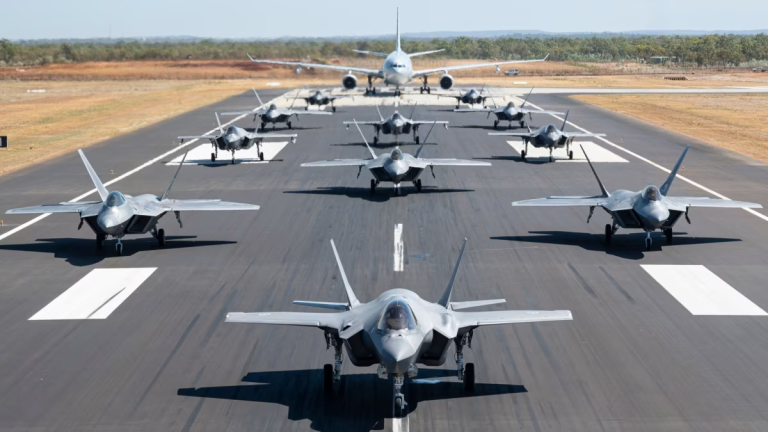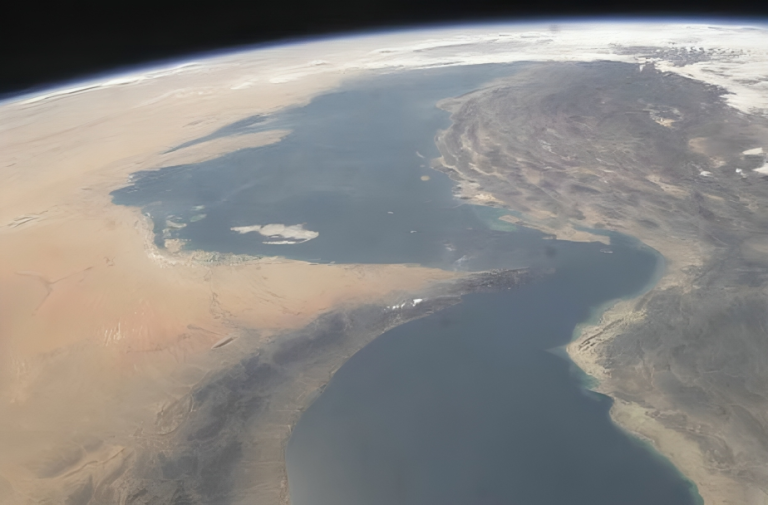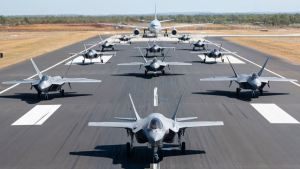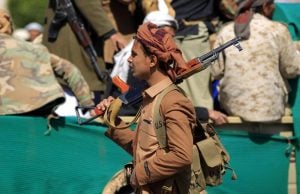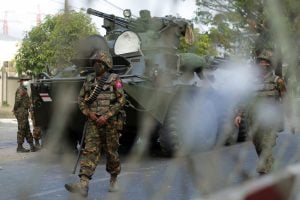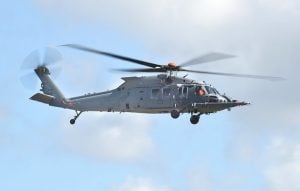Several varying and, at times, contradictory releases concerning the future of the Indian jet engine programme have been issued in recent months. However, because of the ever-changing nature of geopolitics, especially today, predicting the state of the world in the near future is difficult. As a result, this article is written in the context of the current economic and geopolitical state of the world.
Kaveri Program
The Kaveri engine programme was approved to develop an engine for the LCA Tejas, but due to its underpowered nature, it will be modified for the AURA programme. For the AMCA programme, an entirely new engine will be developed in collaboration with a foreign partner. A world of possibilities will open up once we become self-sufficient in the development of jet engines. These opportunities can be technical, economic, or geopolitical in nature. This is consistent with the dream of a glorious India, and it is critical that we move quickly if we are to realise this dream.
History of LCA
The Indian Defence Ministry’s Defence Research and Development Organisation (DRDO) was given permission in 1986 to begin work on developing an indigenous powerplant for Light Combat Aircraft. Early in the LCA programme, it was decided to equip the prototype aircraft with the General Electric F404-GE-F2J3 afterburning turbofan engine, but if this parallel programme was successful, it was intended to equip the production aircraft with this indigenous engine.
Also read: What Is LCA Tejas Mark 2 Project? [Fully Explained]
Also read: Everything You Need To Know About LCA Tejas
The DRDO delegated lead development to its Gas Turbine Research Establishment (GTRE), which had prior experience developing jet engines. It had created the GTX37-14U after-burning turbojet, the first jet engine designed entirely in India, which first flew in 1977. The GTX37-14UB turbofan derivative followed. The GTX-35, greatly redesigned but unsatisfactory, was the GTRE’s return to turbojet technology. For the LCA programme, the GTRE would once again use a turbofan design known as the GTX-35VS “Kaveri” (named after the Kaveri River).
Full-scale development was authorised in April 1989, with a 93-month programme estimated to cost $3.82 billion (US$50.7 million). According to engine industry executives, developing a new engine can cost up to $2 billion.
Problems of the Kaveri Program
The Kaveri programme has received a lot of flak for its ambitious goal, long development time, cost overruns, and the DRDO’s lack of clarity and openness in admitting problems. With over a half-century of successful jet engine development experience, France’s SNECMA took nearly 13 years after bench testing to bring the Rafale fighter’s M88 engine to low-volume production; a similar timeframe for the less-experienced GTRE would see Kaveri production begin no earlier than 2009. Another criticism has been DRDO’s unwillingness to admit engine problems and its refusal to involve foreign engine manufacturers until the problems became too large to manage.
Future Fighter Aircraft Engines
The LCA Tejas Mk1A will be powered by General Electric F404 engines. These engines have already been ordered by HAL. The GE F414 is expected to power the LCA Tejas Mk2, TEDBF, and AMCA Mk1 (first batch) (the enhanced version of the GE F404). HAL is in talks with General Electric about manufacturing the GEF414 engine in India, and a deal is expected to be signed in three weeks. In an attempt to make the Dassault Rafale more appealing in the tender for 114 Multi-Role Fighter aircraft, Safran recently offered to set up a production line in India for their Snecma M88 engine, which powers the Rafale (MRFA).
Also read: Comparing Rafale And F-35: Who Will Win?
India is in discussions with French engine manufacturer Safran and British engine manufacturer Rolls Royce to co-develop a 110 kN engine capable of producing up to 130 kNs of thrust for its indigenous AMCA and 6th generation fighter programmes. Many aspects of the future engine, such as technical specifications and intellectual property rights (IPR), are being debated. Hopefully, a decision will be made by the end of the year. The engine used in the AMCA programme will most likely be used to power the ADE’s Future Unmanned Fighter Aircraft (FUFA).
If you liked the article do share it with your friends. Follow SSBCrackExams for more articles.
To crack the SSB Interview, You can join our SSB interview live classes batch and we recommend you to Enroll SSB INTERVIEW ONLINE COURSE. Trusted by thousands of defence aspirants.


